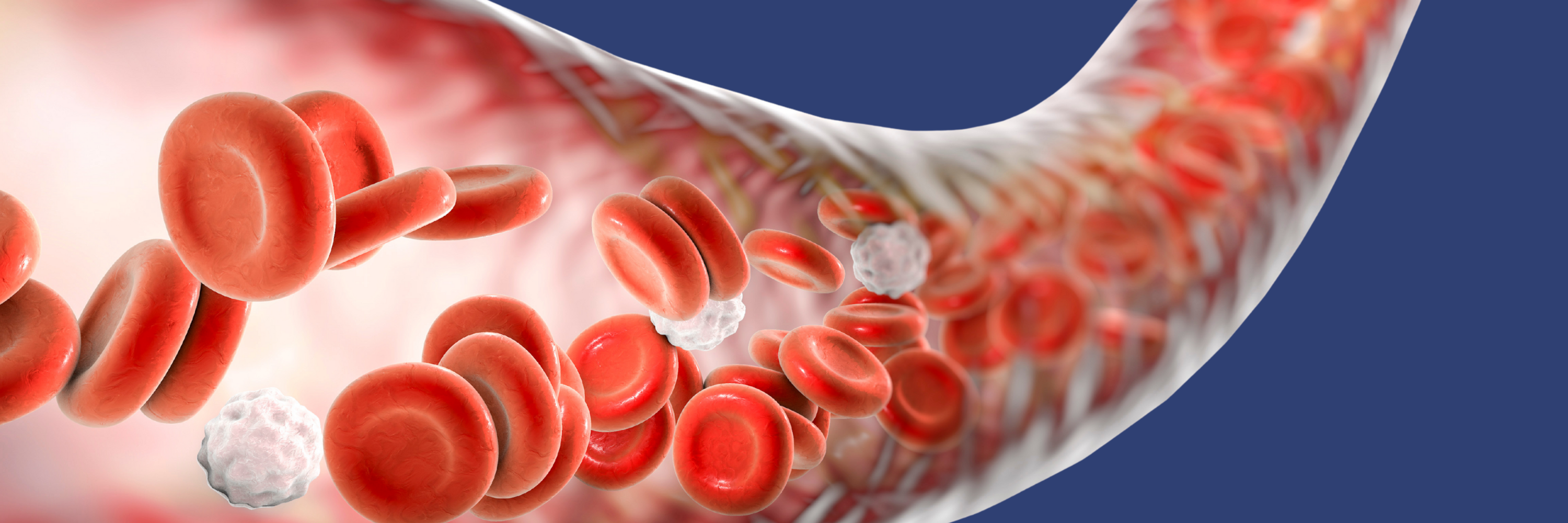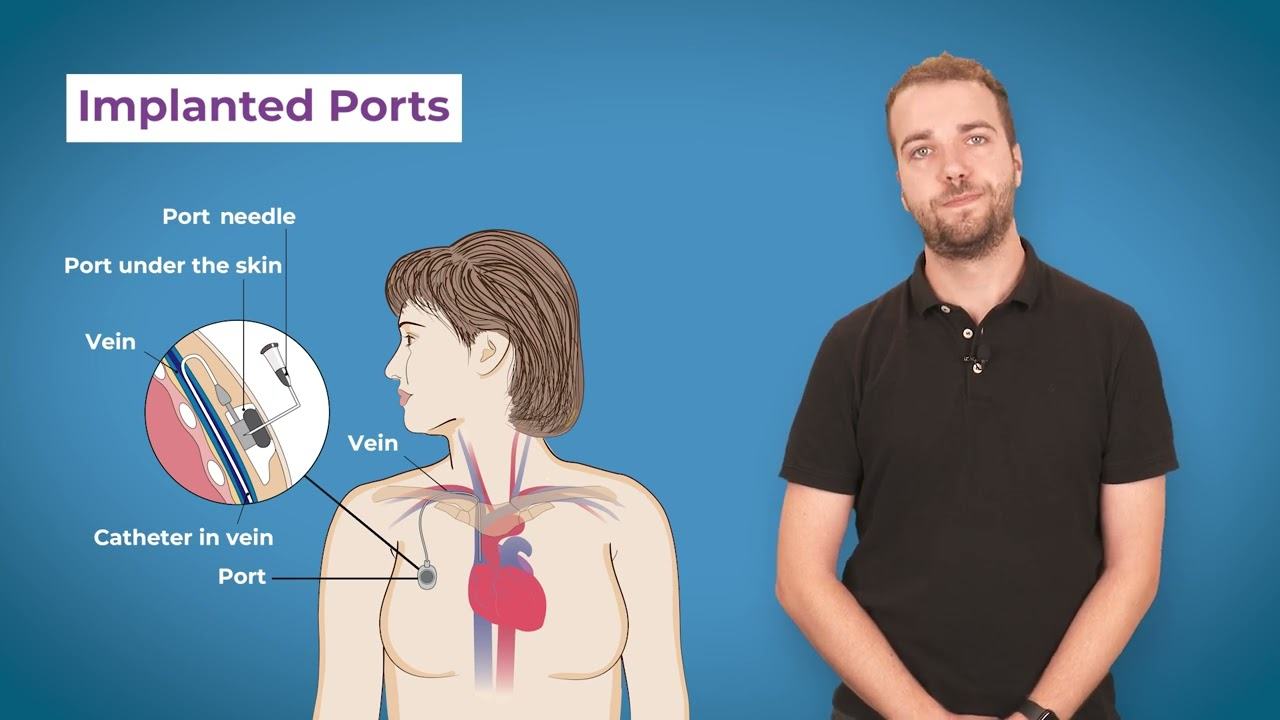Vascular Access in Oncology: What You Need to Know
When undergoing cancer treatment, understanding vascular access is essential for your comfort, safety, and effective care.
Vascular access refers to using a medical device to directly reach your bloodstream, allowing your healthcare team to deliver medications, fluids, or nutrition. For oncology patients, this is especially important because treatments like chemotherapy often require frequent injections or infusions.
Without proper vascular access, multiple needle insertions might be needed during treatment, which can cause discomfort and increase risks, particularly if your veins are small or difficult to access. Having the right type of vascular access ensures treatments are delivered efficiently and with minimal pain or complications.
In this video, you’ll learn why vascular access is so important for cancer care and discover the most common types used in oncology treatments.
Types of Vascular Access
1. Peripheral IV Lines
- Simple and widely used.
- Inserted into veins in the arm, hand or foot.
- Great for short-term or occasional treatments.
- Limitations: May not be ideal for repeated or long-term use and can feel uncomfortable with frequent use.
2. Central Lines
- Inserted into larger veins in the chest or neck.
- Can remain in place for long periods.
- Perfect for long-term or intensive treatments.
- Limitations: Requires diligent care to prevent infection.
3. Implanted Ports
- Surgically placed under the skin, often in the chest or arm.
- Designed for frequent chemotherapy sessions and highly durable.
- Requires less maintenance compared to other options.
- Limitations: Placement involves a minor surgical procedure.
Why Device Care and Communication Matter
No matter which vascular access option is chosen, proper care is key to preventing complications:
- Strict hygiene must be observed during use of the device.
- Regular flushing of the device with saline should be done to maintain potency.
- The access site should be monitored for signs of infection or discomfort regularly.
Communication with your healthcare team is critical. If you notice any issues or have concerns about your vascular access device, speak up immediately. Your care team is there to help.
Empowering Your Cancer Treatment Journey
With the right vascular access and proper care, you can focus on your treatment with confidence and comfort. This essential part of oncology care plays a significant role in improving your overall treatment experience.
Please note that the information within this website is not intended for self-diagnosis. It is in no way a substitute for a medical diagnosis and advice.
Image sources:
- Key Visual: ©Dr_Microbe - stock.adobe.com


